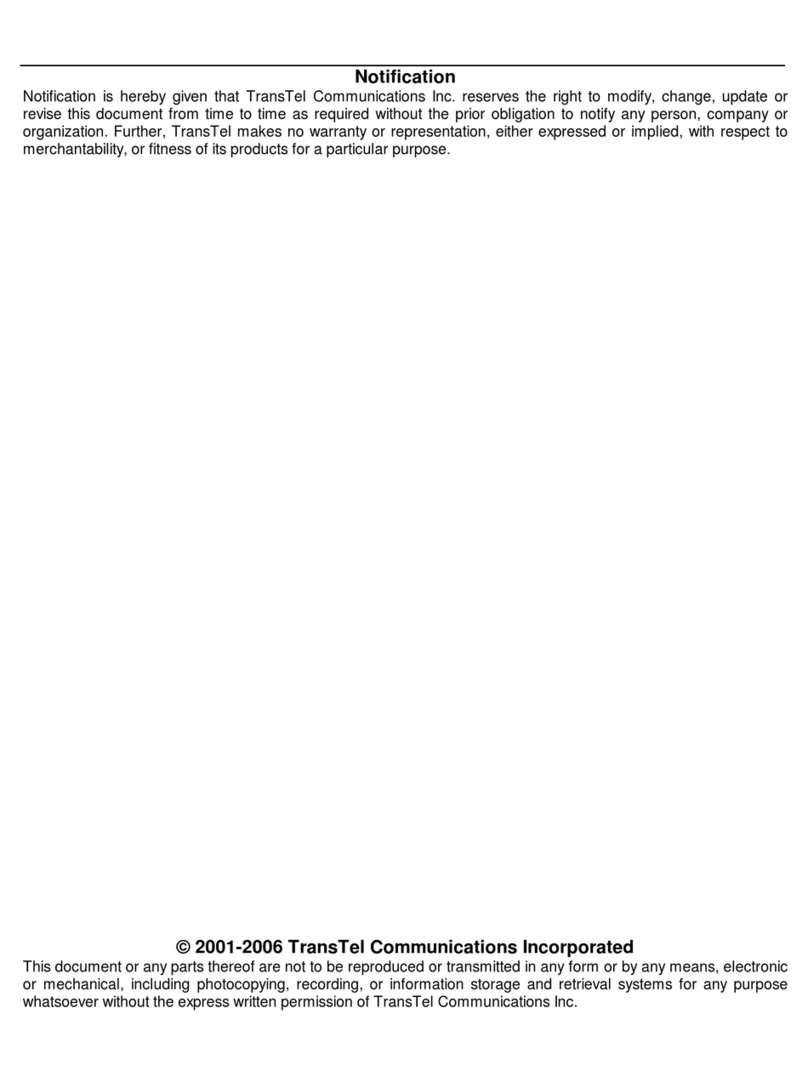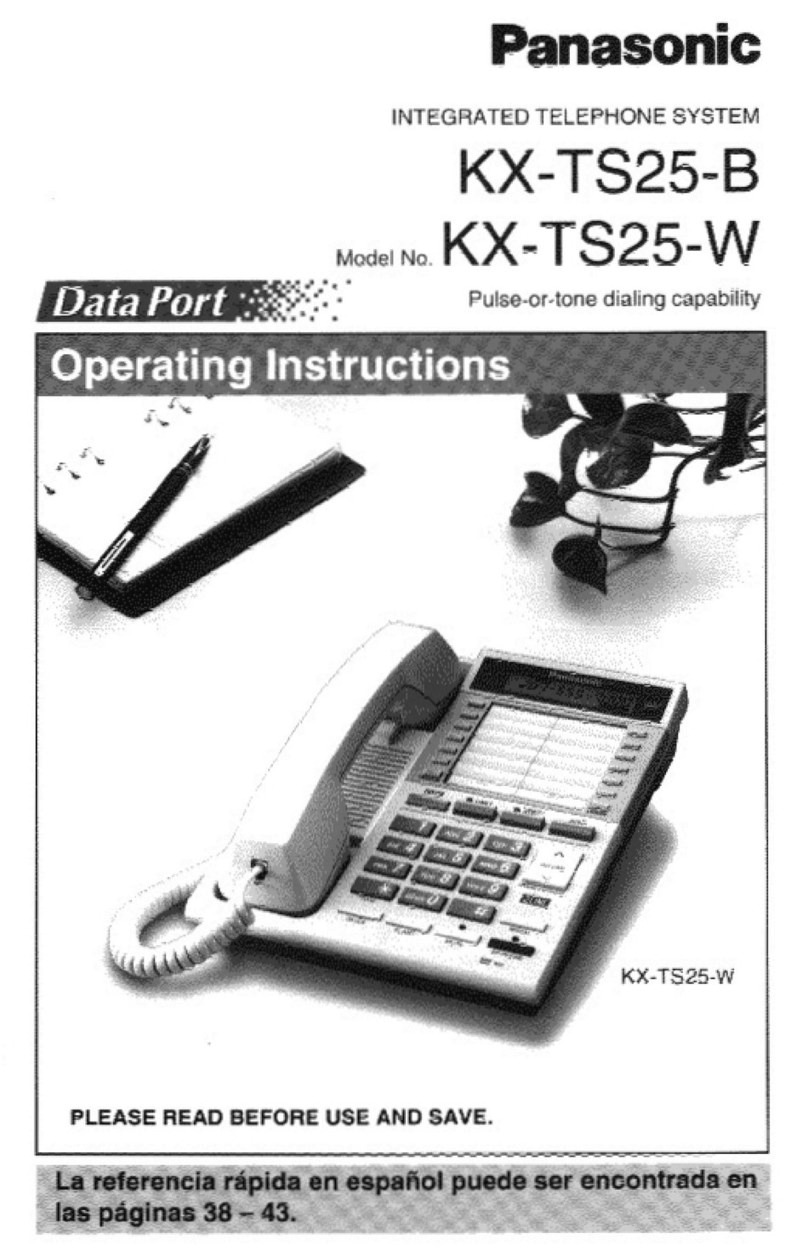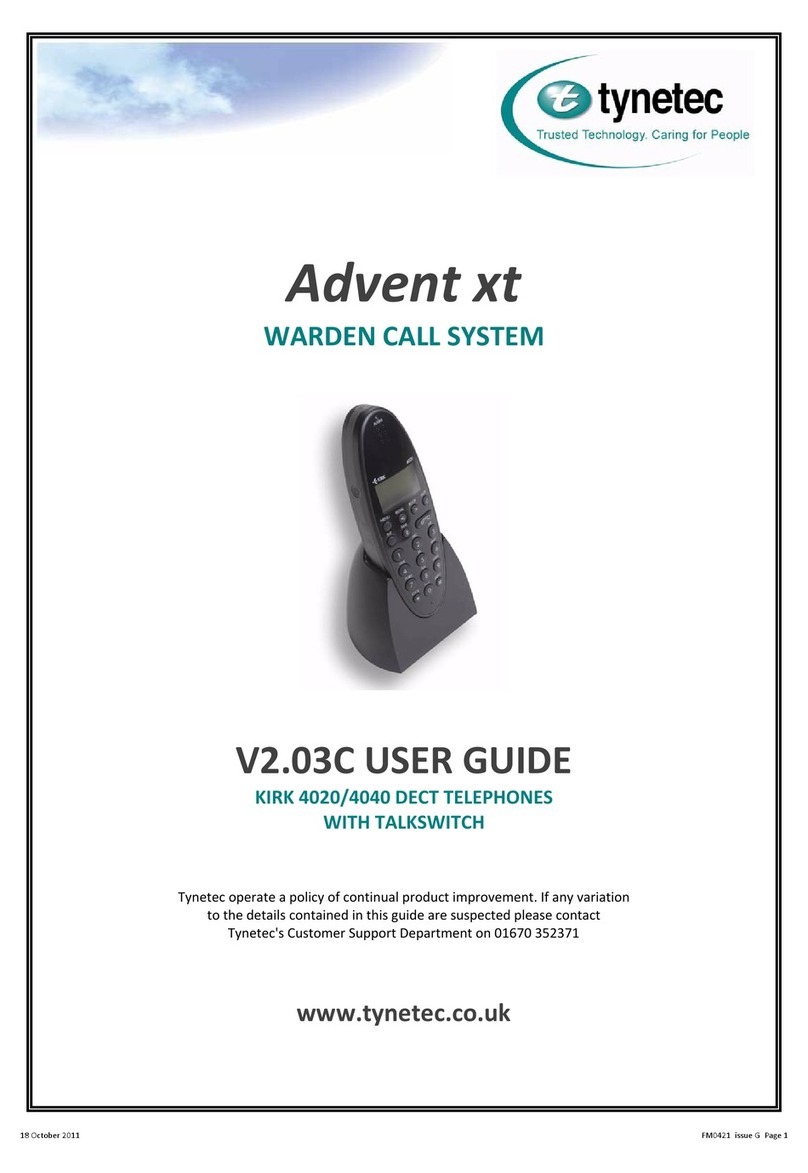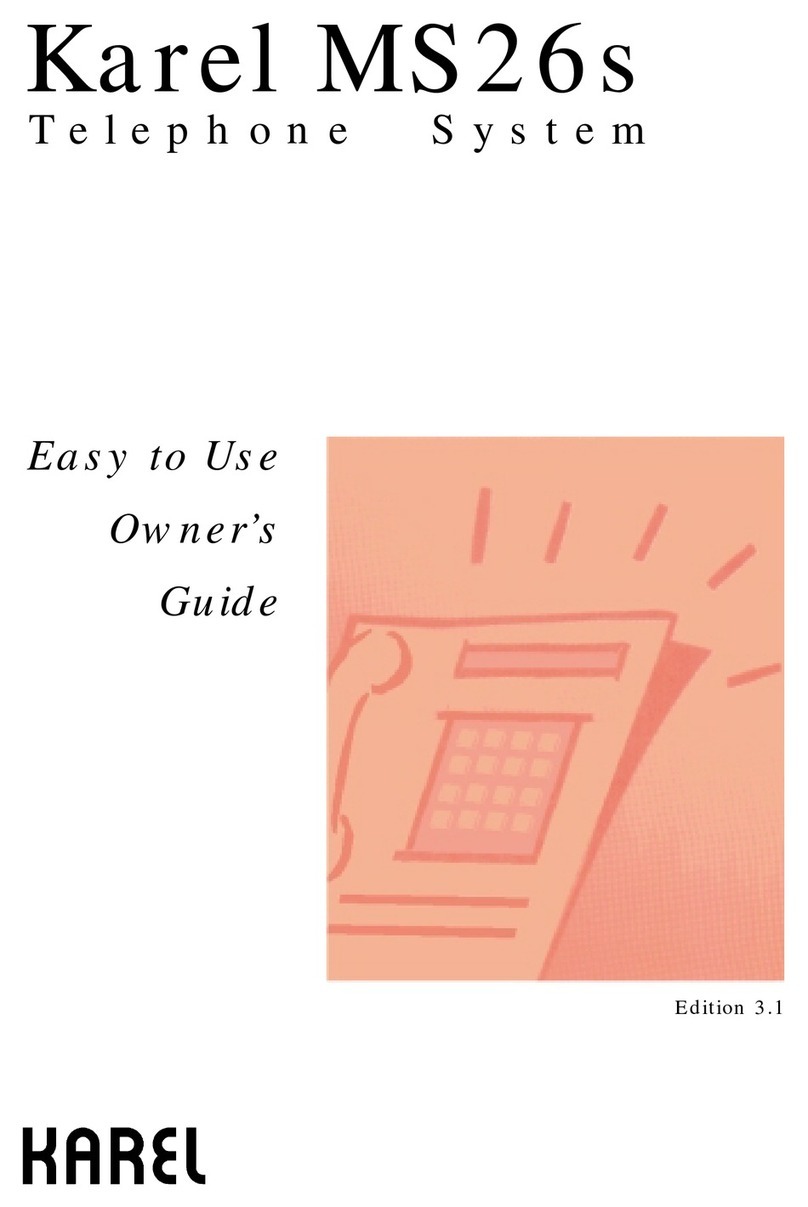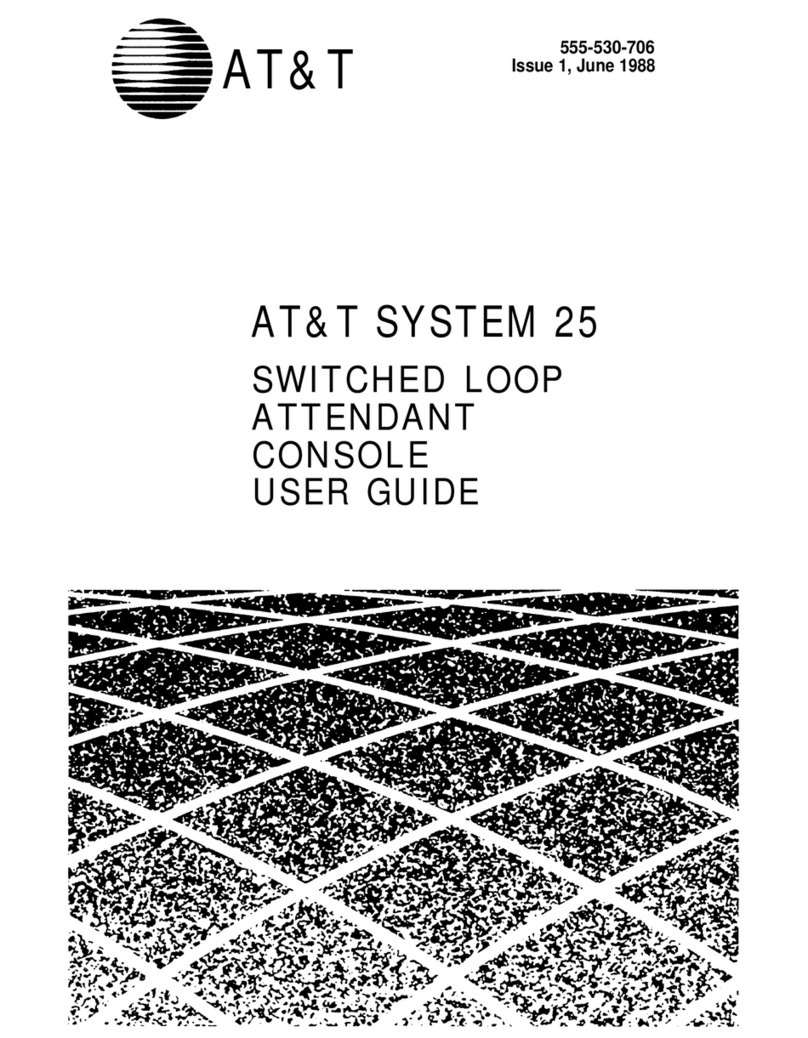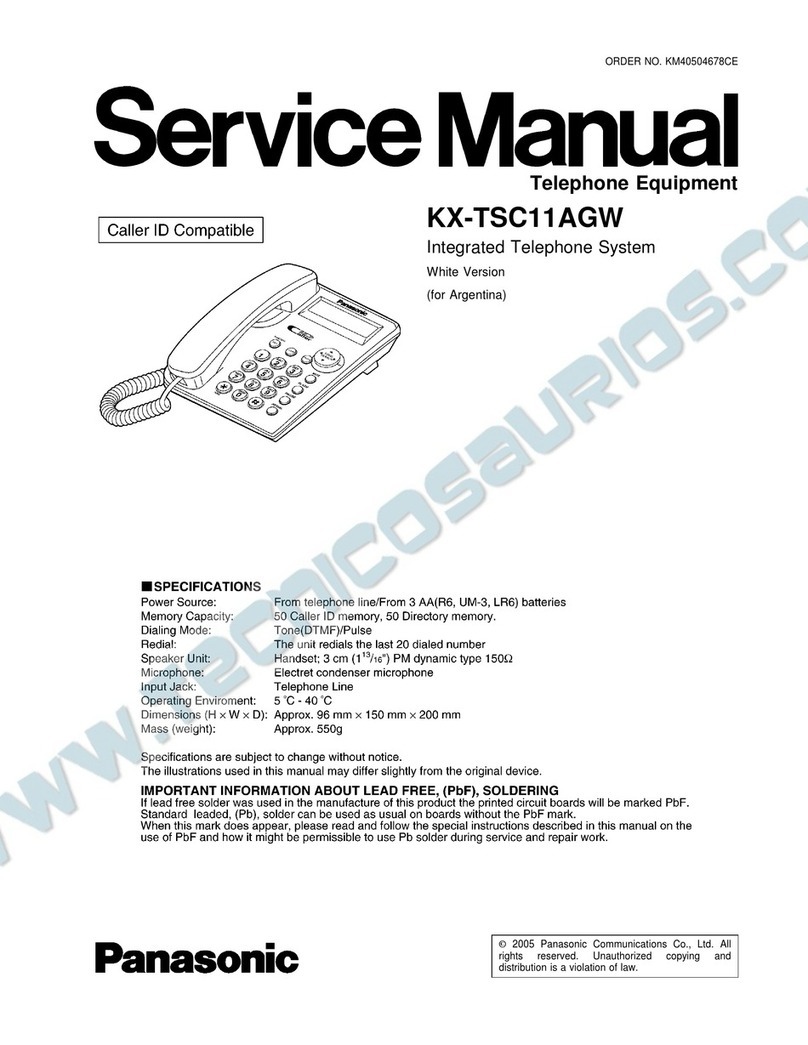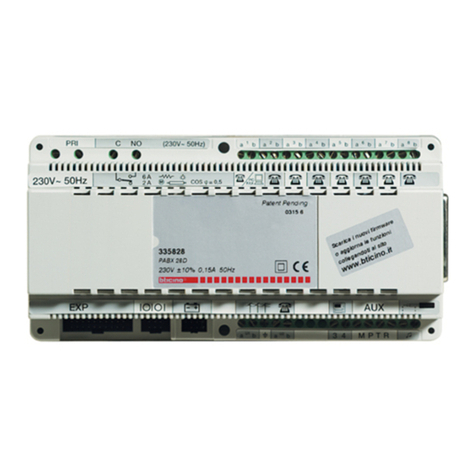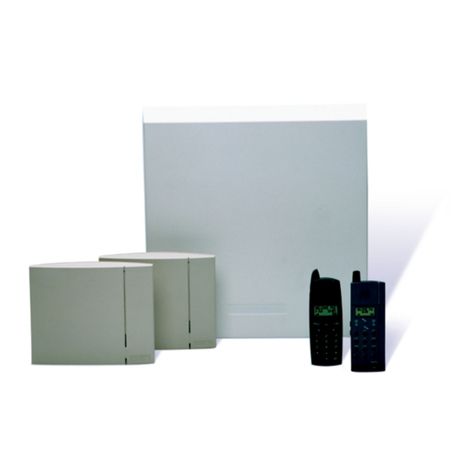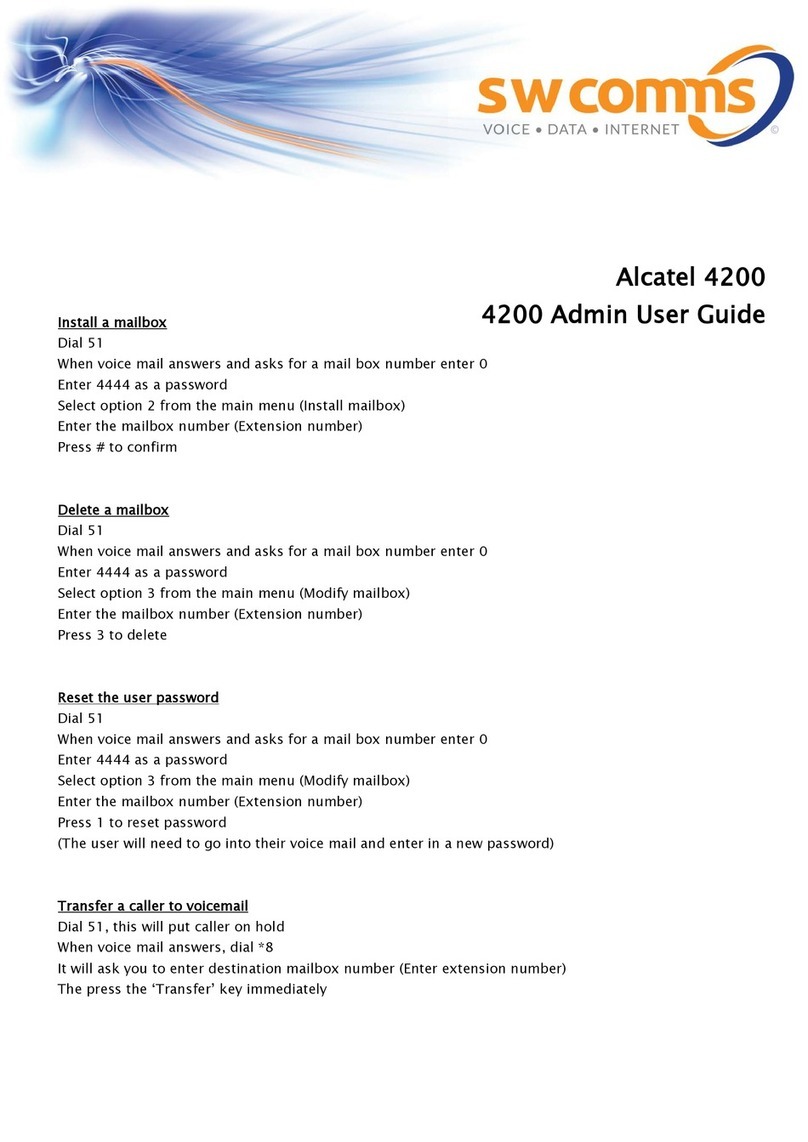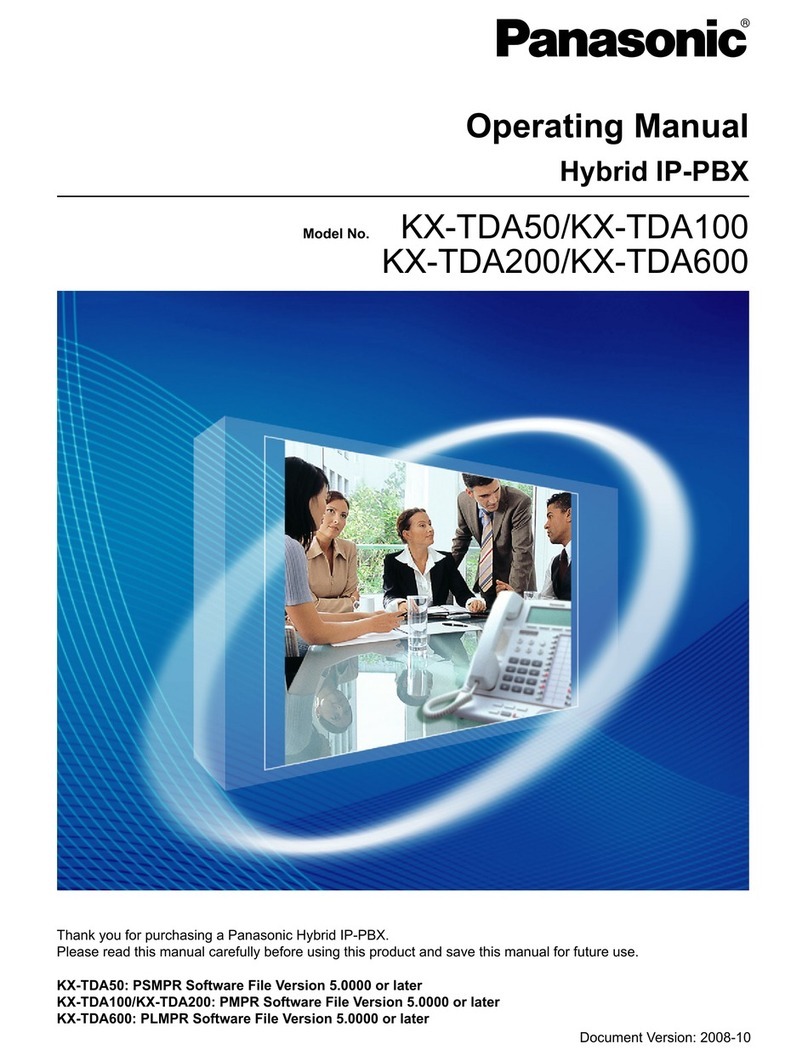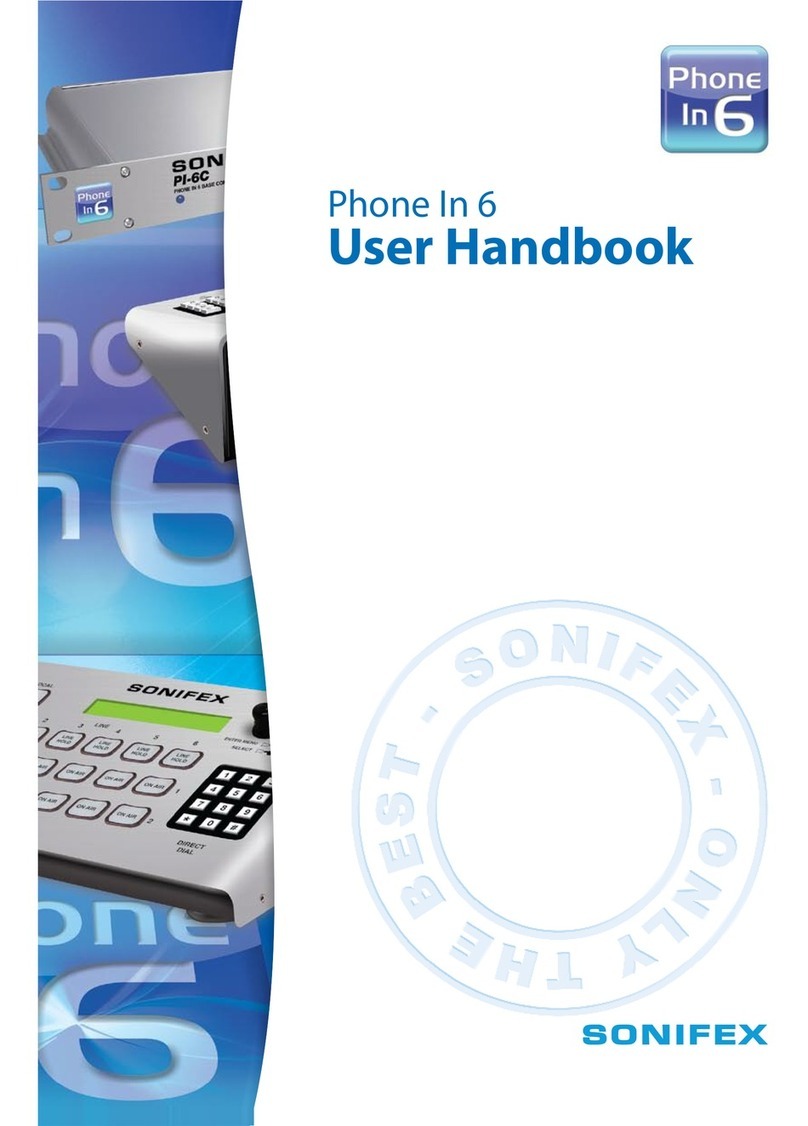Page 5
Installation
Before installing the speech dialler,
please consider the type of network
account and the physical location of the
unit and its antenna.
Using Pay As You Go Accounts
Your speech dialler may not send calls
very frequently. If you decide to use a
Pay As You Go account, then check
with the provider how they deal with
accounts that are quiet for several
weeks or months. (Some providers
close down accounts that do not make
any calls within a set period.) If
necessary you can program the unit to
make a test call at fixed periods.
In addition, the speech dialler can also
forward incoming text messages it
receives warning of low credit.
See the speech dialler Programming
and Operation Guide for details.
Siting Speech Dialler And
Antenna
If you are fitting a speech dialler in
order to use the mobile phone network
then before installing the unit you must
decide on a suitable location.
The unit itself should be in a place that
is convenient for the end user as well
as any wiring. In addition you must site
the antenna so that it can receive a
good signal from the phone network.
Note that the antenna lead is 3m long
Checking Network Signal Strength
There are three ways to check the
network signal strength at your
installation:
1. You can use your mobile phone,
provided that it is registered with
the same network as the SIM that
you intend to fit to the speech
dialler. If your phone reports at
least three bars of signal at the site
of the speech dialler antenna then
the speech dialler should be able to
work on that network.
NOTE: When testing the signal
strength you must hold your phone
in the exact location of the speech
dialler antenna.
If you decide that a location has a good
signal, then you must fit the centre rib
of the antenna within 20mm of the spot
occupied by your phone. (The signal
wavelength is so short, that moving
80mm can change the signal strength
markedly. This may not matter with a
strong signal, but with a weak signal it
could mean that the speech dialler will
not register.)
2. If your phone does not work on the
same network as the SIM you intend
to install in the speech dialler, then,
provided your phone is not locked,
you can put the speech dialler SIM
in your phone, and test for network
signal strength as described in step
1. Ensure that you can make a call
from the chosen position, it is not
enough to rely on the signal
strength indication.
Once you have completed testing
you must remember to shut down
your phone in the recommended
manner before extracting the
speech dialler SIM. If you remove
power abruptly (for example by
taking the phone battery out) the
SIM card may not have time to de-
register from the network, and
some networks may lock out the
SIM for several hours.
Note: Do not lock the SIM card with a
PIN (the speech dialler will not let you
key in a PIN for the card).
3. Use the speech dialler. You can
temporarily fit the SIM card and
antenna to the speech dialler and
power the unit from a 12VDC
battery (see page 7).
You can then register the SIM card (see
page 10). Note that unless the SIM is

